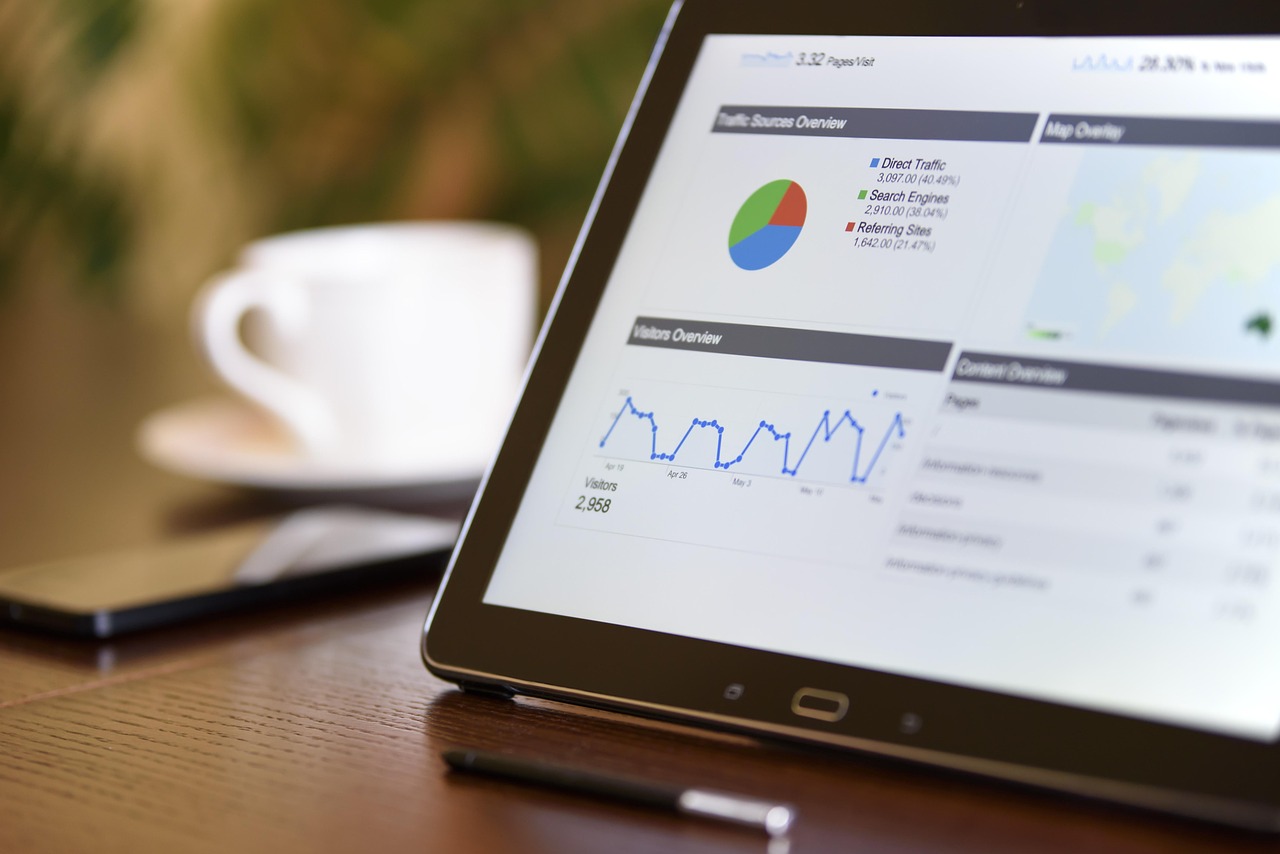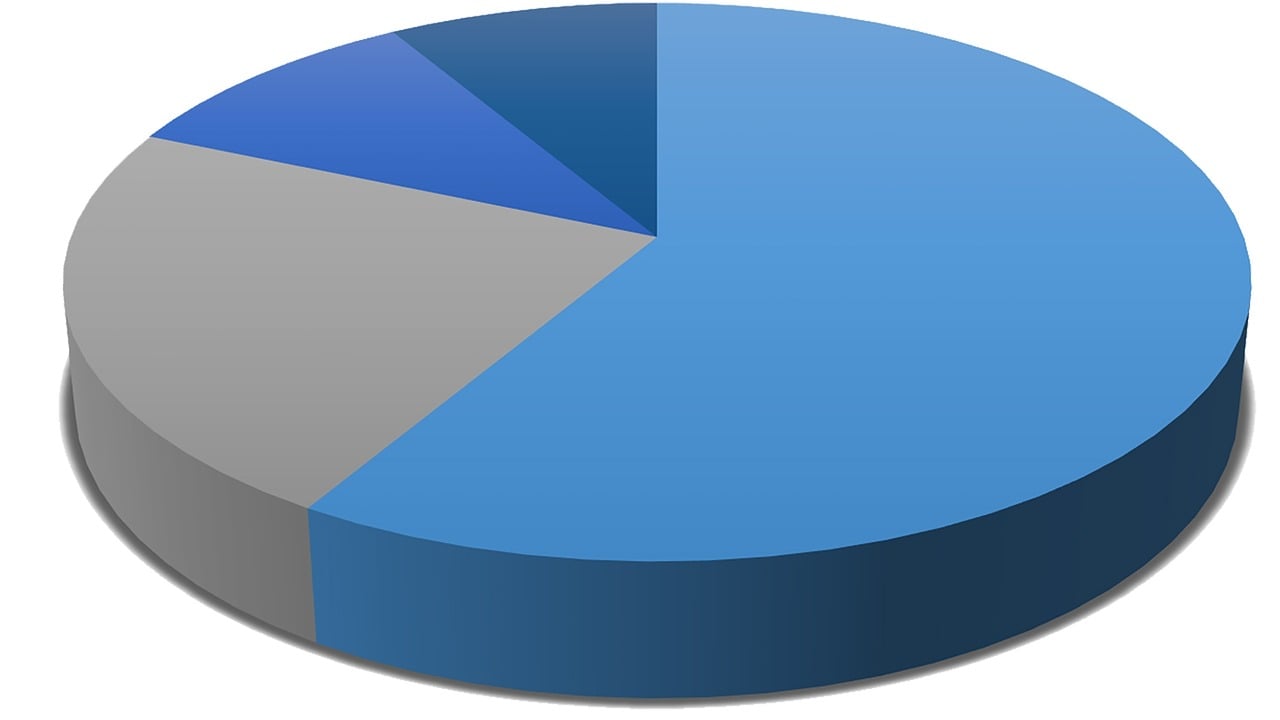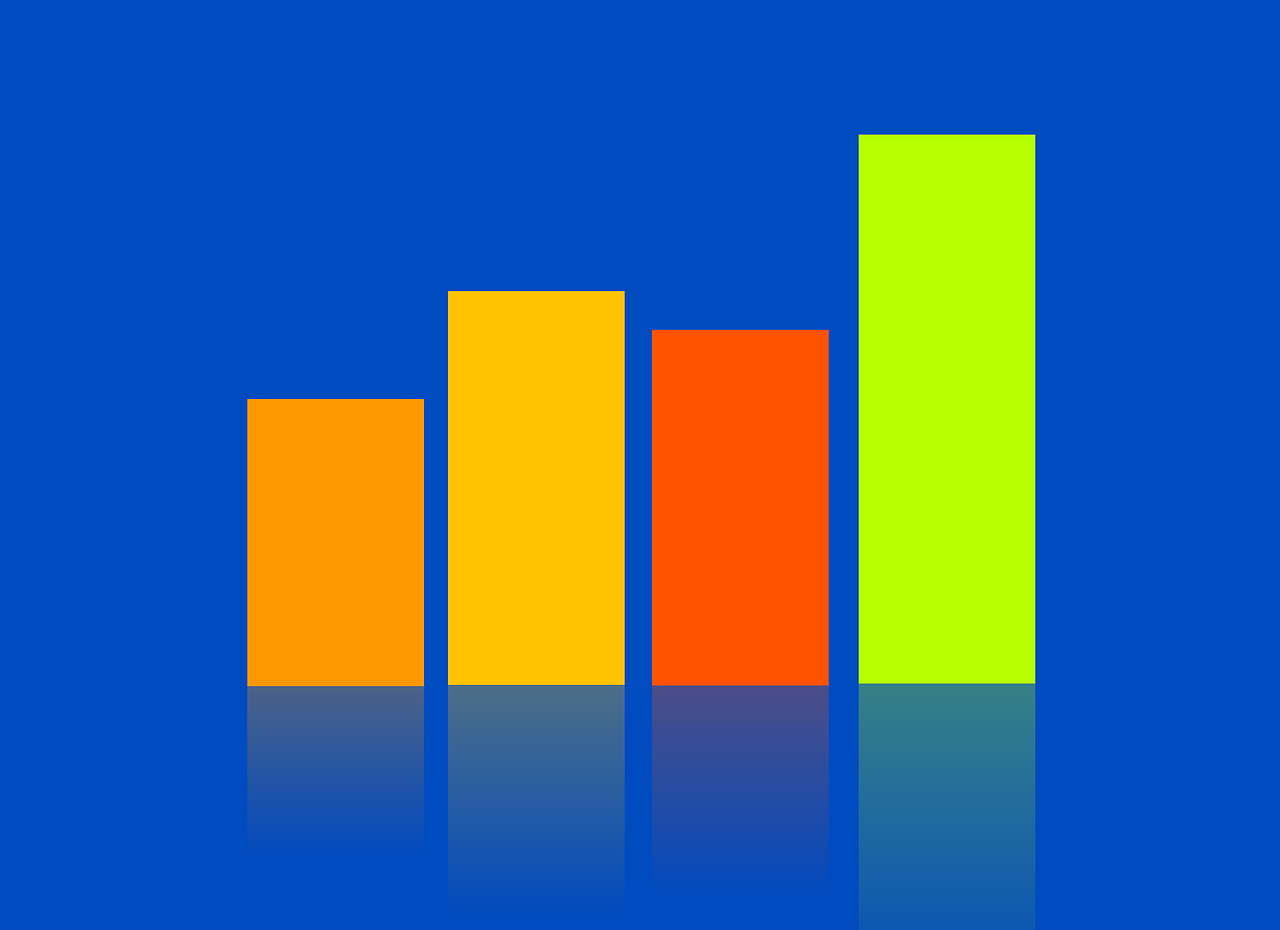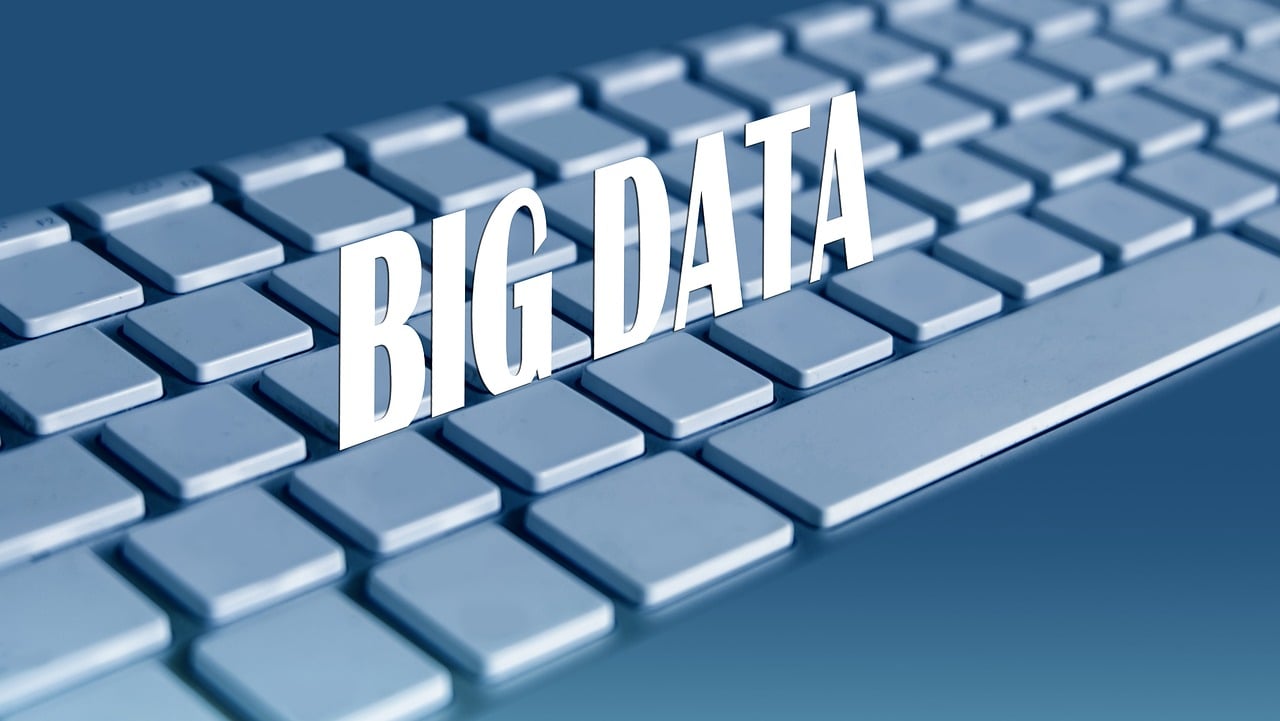In the rapidly evolving landscape of 2025 business, data analytics is no longer a luxury; it’s the backbone of strategic decision-making. Imagine steering your company without a compass or roadmap—any direction might lead to success or failure. Today, companies equipped with powerful data analysis tools such as Tableau, Microsoft Power BI, and Qlik navigate market complexities with precision and agility. These tools transform massive data from sources like SaaS platforms into actionable intelligence, enabling businesses to anticipate trends, tailor customer experiences, and optimize operations. As industries digitize at unprecedented rates, harnessing data analytics unlocks not only insights into consumer behavior and operational efficiencies but also fosters innovation and competitive advantage. From predictive analytics that forecast market shifts to sentiment analysis revealing brand reputation, organizations are finding new ways to leverage data-driven decisions. This synergy of technology and strategic insight paints a vivid picture of how tomorrow’s businesses will thrive by turning complex data into clear, confident choices.
Leveraging Predictive Analytics and Forecasting Tools to Anticipate Market Trends
Predictive analytics has emerged as a cornerstone for businesses seeking to stay ahead in the marketplace. By mining historical and real-time data with advanced algorithms, companies can identify patterns that hint at future trends. Tools like SAS and Alteryx utilize machine learning to sift through vast data pools, turning obscure information into crystal-clear forecasts. Imagine a retailer using Microsoft Power BI dashboards to predict peak sales periods or a financial firm employing IBM Cognos for risk assessment. These insights allow businesses to craft proactive strategies rather than merely reacting to events.
Consider a mid-sized fashion brand that leverages predictive models to analyze past buying cycles, social media trends, and global economic indicators. Using Looker integrated with Snowflake’s data warehousing, the brand identifies an emerging preference for sustainable fabrics months before competitors. This foresight prompts an early pivot in product development, yielding a first-mover advantage in the eco-conscious market segment. The same applies to predictive maintenance in manufacturing, where analytics forecast equipment failures, reducing downtime and operational disruptiveness.
Key benefits of predictive analytics include:
- Improved Risk Management: Identification of potential operational and financial pitfalls before they materialize.
- Optimized Resource Allocation: Allocating marketing, manufacturing, or inventory resources efficiently based on expected demand.
- Enhanced Customer Insight: Anticipating customer needs, preferences, and churn tendencies for better engagement.
- Competitive Differentiation: Early insight into industry trends fuels innovation and market leadership.
Yet, the effective integration of predictive analytics requires clean data pipelines and robust data governance frameworks. Employing platforms such as Domo ensures data quality and accessibility across departments, fostering a culture of data-driven decision-making. This comprehensive adoption ultimately crafts an environment where businesses do not merely survive market changes—they shape them.

Below is a comparison table of popular predictive analytics platforms and their primary features:
| Platform | Core Strength | Integration Capability | Best Use Case |
|---|---|---|---|
| SAS | Advanced statistical modeling and data mining | High, supports multiple data sources including cloud | Complex risk management in finance and healthcare |
| Alteryx | Self-service data blending and analytics automation | Robust, connects with Tableau, Power BI, and cloud platforms | Rapid forecasting for marketing and retail sectors |
| IBM Cognos | Comprehensive business intelligence with AI insights | Strong enterprise integration | Operational planning in manufacturing and services |
Utilizing Sentiment Analysis and Behavioral Analytics to Understand Customer Insights
In 2025, tapping into the emotional landscape of consumers has become just as vital as analyzing transaction data. Sentiment analysis blends linguistics and machine learning to dissect customer opinions from social media, product reviews, and customer service transcripts. Platforms such as Google Analytics have evolved to incorporate behavioral segments, allowing marketers to refine campaigns with precision. The insights gleaned not only inform product development but also preempt reputational damage by detecting early signs of dissatisfaction.
Behavioral analytics tracks user interactions across websites and apps, creating detailed profiles that reveal motivations and barriers. Qlik and Looker provide robust dashboards that visualize these individual user journeys, enabling hyper-personalized marketing messages that resonate on a personal level. For example, an e-commerce business noticing repeat visitors abandoning carts late at night might launch targeted promotions or live chat support during those hours, boosting conversion rates significantly.
Benefits of sentiment and behavioral analytics include:
- Customized Customer Engagement: Tailored messaging based on emotional and behavioral cues ensures relevance.
- Churn Reduction: Early identification of discontent prevents loss of valuable customers.
- Product Innovation Guidance: Direct feedback informs features and improvements closely aligned with user expectations.
- Brand Reputation Monitoring: Real-time sentiment insights protect and enhance brand image.
Case in point, a global software provider employs sentiment analysis via social media feeds to identify regional trends in feedback, allowing swift adaptation of support content and product updates. Such agility in response deepens customer loyalty and demonstrates responsiveness. Incorporating these analytics into project management tools further facilitates alignment across marketing, sales, and product teams, maintaining a unified customer-first strategy.

| Analytics Tool | Strength | Best Industry Application |
|---|---|---|
| Google Analytics | Detailed site visitor behavior and segmentation | Retail, E-commerce |
| Qlik | Interactive data discovery and visualizations | Finance, Healthcare |
| Looker | User-centric dashboards and embedded analytics | Media, Software |
Real-Time Data Monitoring and Geoanalytics to Enhance Operational Agility
Businesses thrive when they respond promptly to changing conditions. Real-time data monitoring tools, empowered by platforms like Domo and Tableau, provide continuous visibility into customer interactions, supply chain status, and operational performance. Having up-to-the-minute intelligence means issues can be addressed before escalating, and opportunities seized immediately.
Geoanalytics introduces a spatial dimension, combining geographic data with analytics to unlock powerful business insights. For instance, a retailer using Microsoft Power BI coupled with a GIS system can analyze store visit patterns to optimize product placements and regional promotions. Similarly, logistics companies can optimize delivery routes using geoanalytics insights to reduce fuel consumption and improve customer satisfaction.
Key advantages of this approach include:
- Swift Problem Resolution: Early detection of operational disruptions through continuous monitoring.
- Optimized Resource Deployment: Location-based data guides strategic placement of assets and staff.
- Enhanced Customer Experience: Customized local marketing and service adjustments based on geographic preferences.
- Environmental and Cost Benefits: Streamlined logistics promote sustainability and reduce expenses.
A case study involves a food delivery startup that integrated Snowflake’s scalable data warehouse with geoanalytics to analyze delivery patterns across cities. The analysis uncovered underserved neighborhoods, leading to targeted expansion and a 15% increase in customer base within six months. Continuous real-time monitoring enabled the company to dynamically adjust delivery partner allocation, improving delivery times and rating scores.

List of top real-time monitoring tools. Select a tool to fetch and display real-time usage data.
Select a tool above to see real-time usage data fetched from a public API.
Improving Financial Planning and Cybersecurity through Advanced SaaS Data Analytics
In an era where SaaS platforms are integral to business function, the wealth of generated data offers more than just operational wisdom. Financial planners harness insights from subscription patterns, cash flow cycles, and revenue growth forecasts to refine budgeting and investment strategies. Tools such as IBM Cognos and Alteryx provide granular reporting capabilities that illuminate hidden cost sinks and profitable opportunities alike.
Moreover, cybersecurity gains a vital edge by analyzing SaaS traffic and usage patterns for anomalies indicative of data breaches or malicious activity. Enhanced data security protocols integrated with analytics ensure customer information and intellectual property remain safeguarded against growing cyber risks in 2025.
Benefits of SaaS data analytics for finance and security include:
- Precise Forecasting: Data-driven projections which minimize financial risk and maximize ROI.
- Operational Efficiency: Identification of bottlenecks or inefficiencies impacting financial outcomes.
- Enhanced Security Posture: Proactive detection and mitigation of cybersecurity threats through anomaly detection.
- Regulatory Compliance: Automated reporting assists adherence to evolving data protection regulations.
Illustratively, a multinational software company applied Looker analytics to review its subscription retention metrics, uncovering a seasonal churn pattern that previously went unnoticed. Coupled with improved cybersecurity analytics monitoring authentication attempts, this vigilance resulted in stronger customer trust and an uplift in recurring revenue streams.
| Area | Challenge Addressed | Analytics Solution | Key Platform |
|---|---|---|---|
| Financial Forecasting | Volatile cash flow and unpredictable revenue | Advanced subscription trend analysis | IBM Cognos |
| Cybersecurity | Rising threat of data breaches | Real-time anomaly detection and alert systems | Alteryx |
Crafting Personalized Marketing Strategies and Enhancing Team Productivity
Personalization powered by behavioral insights has become indispensable for marketing effectiveness in 2025. By understanding customer journeys through tools like Tableau and Qlik, businesses tailor content and offers that resonate personally, moving beyond generic campaigns. Behavioral analytics highlights nuanced preferences, enabling segmentation by factors such as browsing duration, purchase recency, and user interaction frequency. This strategic precision yields higher engagement and conversion rates.
Beyond the external facing benefits, internal data analytics bolster team productivity by tracking performance metrics and workflow efficiency. Managers use platforms such as Microsoft Power BI to visualize departmental outputs, identify roadblocks, and optimize processes. The transparency afforded by these insights cultivates accountability and continuous improvement across teams.
Benefits of integrating personalized marketing with productivity analytics include:
- Enhanced Customer Loyalty: Targeted experiences foster emotional connections with brands.
- Increased Revenue: Personalization drives repeat purchases and upselling opportunities.
- Operational Excellence: Data-informed management practices improve resource use and employee satisfaction.
- Agile Response: Quick adaptation to market and performance feedback strengthens organizational resilience.
For example, an online entertainment platform integrates SAS analytics to segment users by content preferences and engagement levels, crafting individualized recommendations. Simultaneously, leadership uses embedded Tableau dashboards to monitor content production pipelines and personnel KPIs, aligning business objectives with execution.
| Function | Data-Driven Benefit | Tool Example |
|---|---|---|
| Marketing Personalization | Higher engagement and customer retention | Tableau, Qlik |
| Team Productivity | Improved workflow and output quality | Microsoft Power BI |
How do businesses identify the right analytics tools for their needs?
Selecting analytics platforms depends on factors such as volume and type of data, integration capabilities with existing systems, ease of use, and specific industry demands. Most successful organizations adopt a hybrid approach—utilizing BI tools like Tableau alongside specialized platforms such as SAS or IBM Cognos—to address varied analytical requirements comprehensively.
What are the critical challenges in implementing data analytics in business?
Common challenges include data quality issues, lack of skilled personnel, fragmented data sources, and resistance to cultural change within organizations. Establishing strong data governance, training programs, and executive sponsorship are vital to overcoming these barriers.
How can predictive analytics improve customer retention?
By analyzing customer behavior and purchase patterns, predictive analytics helps identify at-risk customers before they churn. This enables proactive engagement through personalized offers, improving retention rates and customer lifetime value.
What role does real-time data monitoring play in operational efficiency?
Real-time data monitoring equips businesses to respond instantly to issues such as supply chain delays or customer complaints. This minimizes downtime, optimizes resource allocation, and enhances overall operational agility.
How does SaaS data analytics contribute to cybersecurity?
Analyzing SaaS usage patterns and access logs uncovers unusual activities that may indicate security threats. Incorporating analytics tools strengthens defense mechanisms, ensuring the protection of sensitive data and compliance with regulations.


